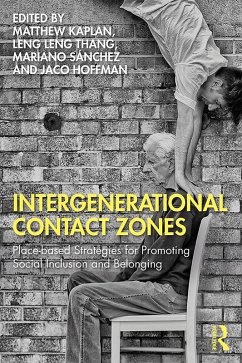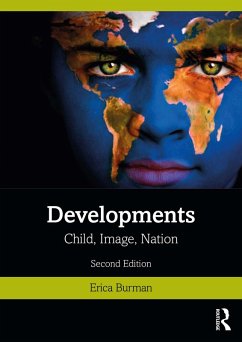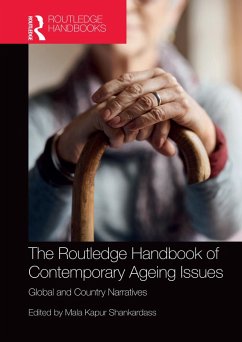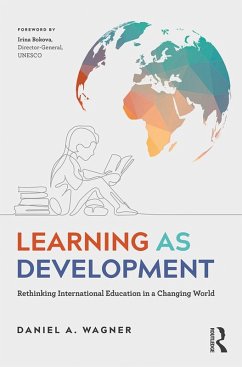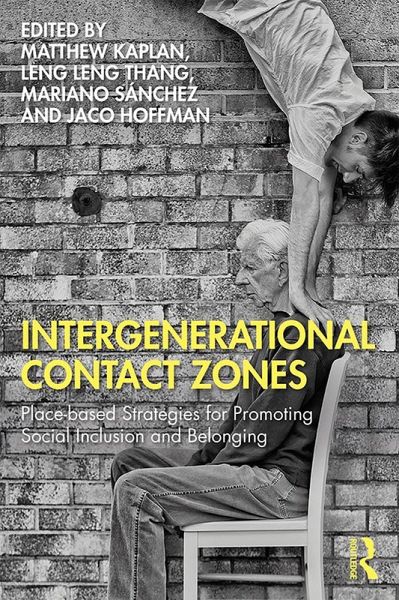
Intergenerational Contact Zones (eBook, ePUB)
Place-based Strategies for Promoting Social Inclusion and Belonging
Redaktion: Kaplan, Matthew; Hoffman, Jaco; Sánchez, Mariano; Thang, Leng Leng
Versandkostenfrei!
Sofort per Download lieferbar
46,95 €
inkl. MwSt.
Weitere Ausgaben:

PAYBACK Punkte
23 °P sammeln!
In Intergenerational Contact Zones, Kaplan, Thang, Sánchez, and Hoffman introduce novel ways of thinking, planning, and designing intergenerationally enriched environments. Filled with vivid examples of how ICZs breathe new life into communities and social practices, this important volume focuses on practical descriptions of ways in which practitioners and researchers could translate and infuse the notion of ICZ into their work.The ICZ concept embraces generation and regeneration of community life, parks and recreational locations, educational environments, residential settings and family lif...
In Intergenerational Contact Zones, Kaplan, Thang, Sánchez, and Hoffman introduce novel ways of thinking, planning, and designing intergenerationally enriched environments. Filled with vivid examples of how ICZs breathe new life into communities and social practices, this important volume focuses on practical descriptions of ways in which practitioners and researchers could translate and infuse the notion of ICZ into their work.
The ICZ concept embraces generation and regeneration of community life, parks and recreational locations, educational environments, residential settings and family life, and national and international contexts for social development. With its focus on creating effective and meaningful intergenerational settings, it offers a rich how-to toolkit to help professionals and user groups as they begin to consider ways to develop, activate, and nurture intergenerational spaces.
Intergenerational Contact Zones will be essential reading for academics and researchers interested in human development, aging, and society, as well as practitioners, educators, and policy makers interested in intergenerational gathering places from an international perspective.
The ICZ concept embraces generation and regeneration of community life, parks and recreational locations, educational environments, residential settings and family life, and national and international contexts for social development. With its focus on creating effective and meaningful intergenerational settings, it offers a rich how-to toolkit to help professionals and user groups as they begin to consider ways to develop, activate, and nurture intergenerational spaces.
Intergenerational Contact Zones will be essential reading for academics and researchers interested in human development, aging, and society, as well as practitioners, educators, and policy makers interested in intergenerational gathering places from an international perspective.
Dieser Download kann aus rechtlichen Gründen nur mit Rechnungsadresse in A, B, BG, CY, CZ, D, DK, EW, E, FIN, F, GR, HR, H, IRL, I, LT, L, LR, M, NL, PL, P, R, S, SLO, SK ausgeliefert werden.




